An exclusive preview of ’White Snow’ by Paul McCarthy

Hot sun blisters the parking lot of a Los Angeles sound stage, about 30 miles north of Disneyland. A gaggle of actors outfitted as dwarves with phallic bulbous noses and coloured tights stand in the shade, smoking. My first thought was that this was a completely . Actually, it was a lunch break from McCarthy's demanding day of shooting for his project on Snow White. McCarthy himself is playing a character he calls Walt Paul, and has been transformed into a middle-aged Walt Disney.
A major artist who has redefined the nature of sculpture and performance, McCarthy announced himself with his installation', part of the game-changing 1992 show 'Helter Skelter' at LA's Museum of Contemporary Art. This is his most ambitious project to date. For one thing, McCarthy bought this 60,000 sq ft sound stage. As he says, 'it is really risky - a museum would look at this and see a storage and archival problem. I have to be real and say: 'Paul, you have made a piece that probably won't be sold.'
Any doubt that the piece will be a difficult sell is dismissed on entering the building to see a giant forest (a recurring theme in his work) of leafless trees and ferns. It is a lovely but entirely artificial sight, and the illusion is occasionally broken by gaping holes in the tree trunks, left by the moulding process. Furthermore, costumes once worn by Walt or by White Snow are strewn along the path, and there is a bottle of erotic lubricant under a bush.
McCarthy leads me along the path. We come across the naked figure of a woman, a rubber life cast of one of the actresses playing White Snow. 'This object was fucked,' he explains. 'It is not a real human. It may have something to do with how we see reality and desire,' he continues. 'And art. This is a kind of hyper-reality of desire. A Disneyesque landscape that does not exist. A dreamscape. And in the middle is my house.'
Sure enough, McCarthy's childhood home - a modest bungalow with white lace curtains in Salt Lake City, Utah - has been reconstructed at three-quarter scale. It is just a stage set façade, but in other sets McCarthy has had every room painstakingly reconstructed, and the interior completely trashed: the kitchen is slathered with chocolate; in the parlour, naked life casts of White Snow and Walt are splattered with what looks like blood.
At the Park Avenue Armory in New York, where the (as in White Snow) goes on view on 19 June, viewers will see the forest, the house and the sets from ground level or from a mezzanine, but will not be able to walk through it. Instead, they will watch the action on giant screens. McCarthy's earliest performances, in the 1960s and 1970s, were influenced by the man who invented the Happening. These performances were improvisational and that remains McCarthy's comfort zone.
The complex relationship between the older Walt and the younger White Snow recalls another film completed by McCarthy last year, which will be on view at Hauser & Wirth New York from 20 June, along with some of McCarthy's White Snow drawings or sculptures. Based on the film , it features messy erotic encounters between director Nicholas Ray, played by McCarthy, and the Natalie Wood character, played by Elyse Poppers, with James Franco in the James Dean role.
However, 'White Snow' remains the more personal piece, exploring McCarthy's past and Mormon upbringing. Yet he insists that this is more than autobiography. 'It is an intentional work of art. You need more than psychology to make a work of art,' he says. 'I think it is not so much about who I am today, but me through my history. There is something poignant about the 1950s when Disney formed Disneyland as dreamscape. It's about a kind of enjoyment and dream, as opposed to accepting who we are in reality.'
The full, unabridged version of this article appeared in W*171
Editor: Michael Reynolds. Special thanks to Andrea Schwan
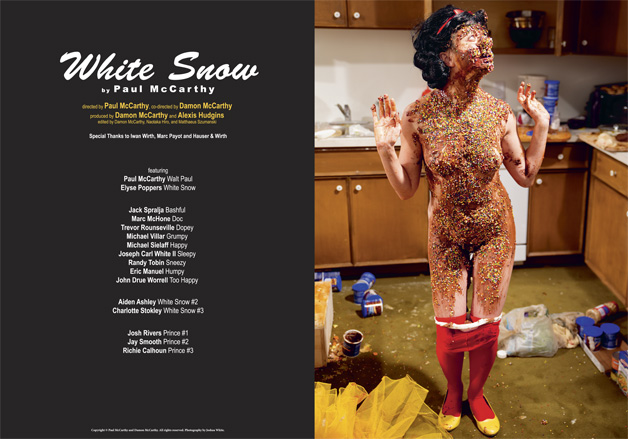
'White Snow' by Paul McCarthy
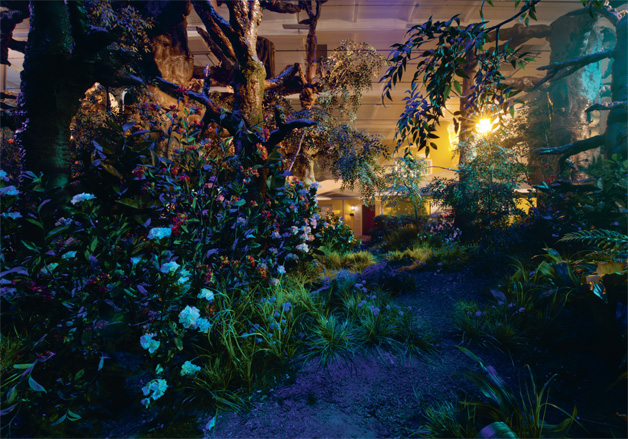
'White Snow' by Paul McCarthy
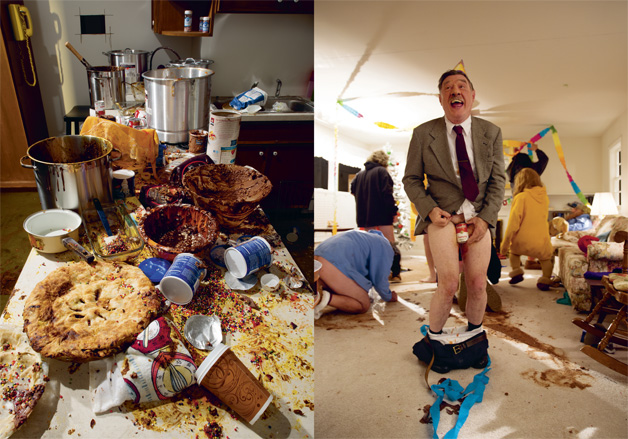
'White Snow' by Paul McCarthy
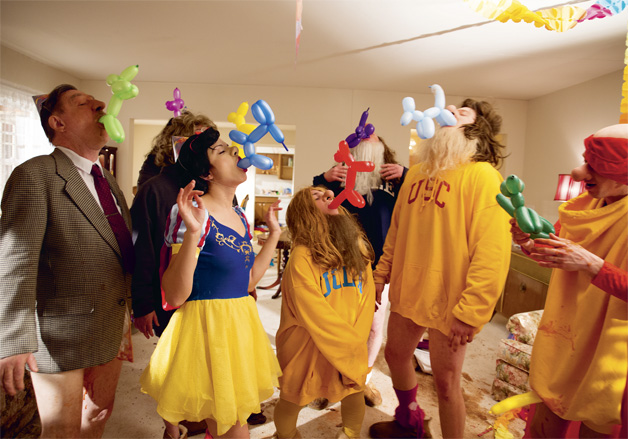
'White Snow' by Paul McCarthy
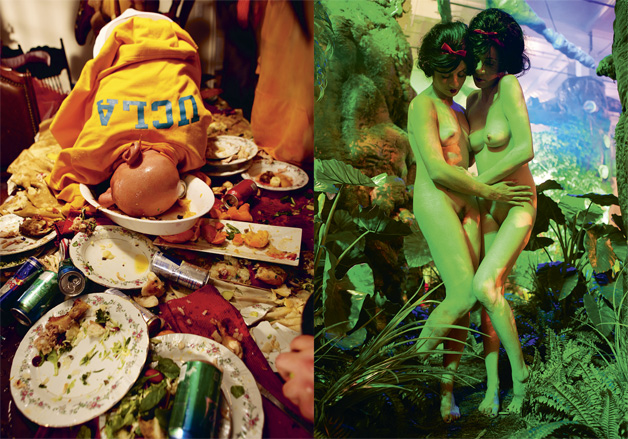
'White Snow' by Paul McCarthy
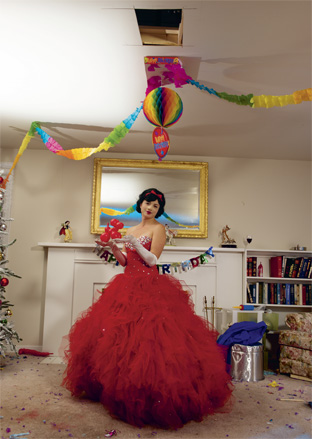
White Snow' by Paul McCarthy
Receive our daily digest of inspiration, escapism and design stories from around the world direct to your inbox.
-
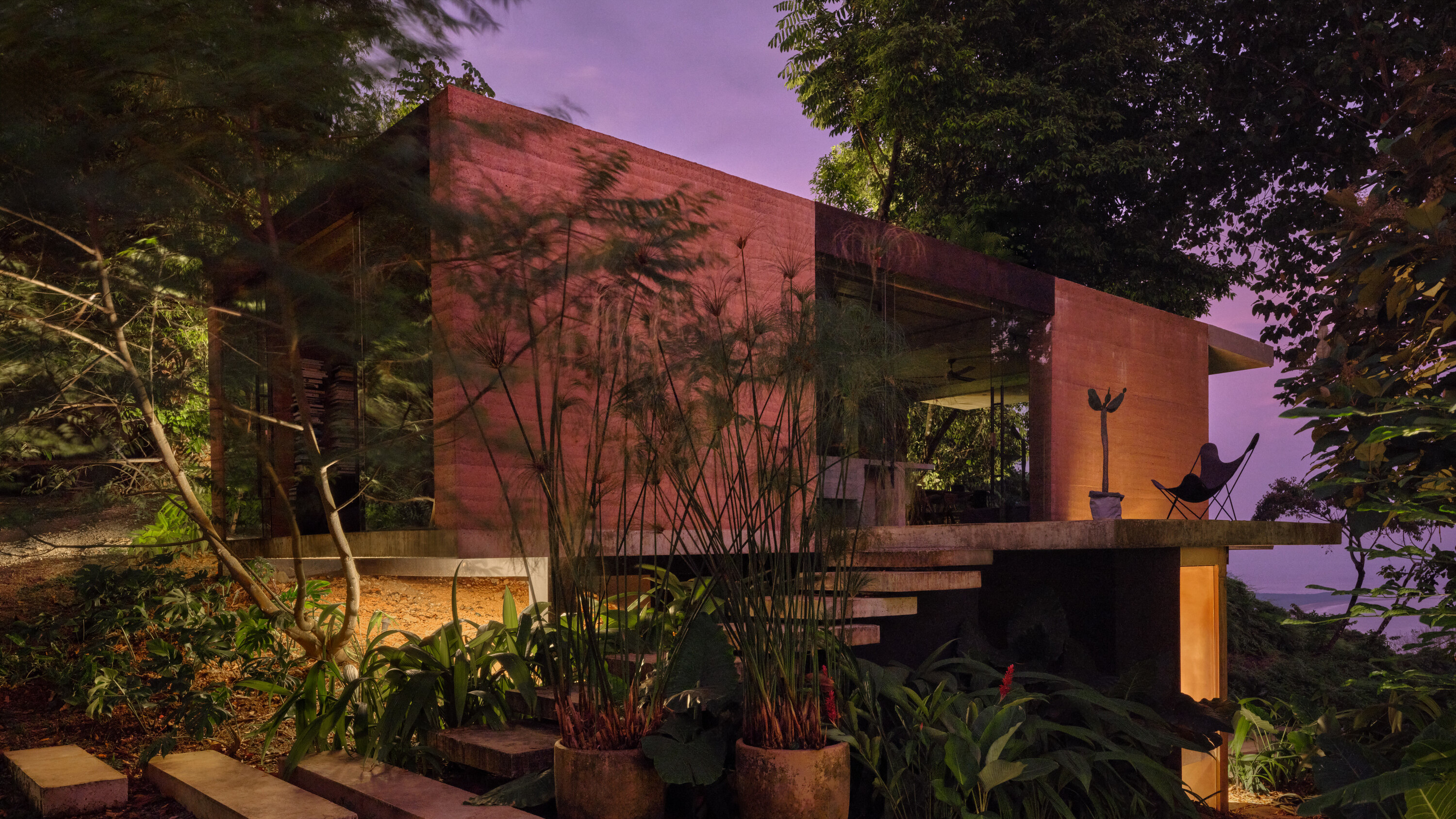 Formafatal ventures deep into the Costa Rican jungle with Studio House, a spectacular retreat
Formafatal ventures deep into the Costa Rican jungle with Studio House, a spectacular retreatSet high on a forested hillside, the Studio House has far-reaching ocean views yet is completely integrated into its site
-
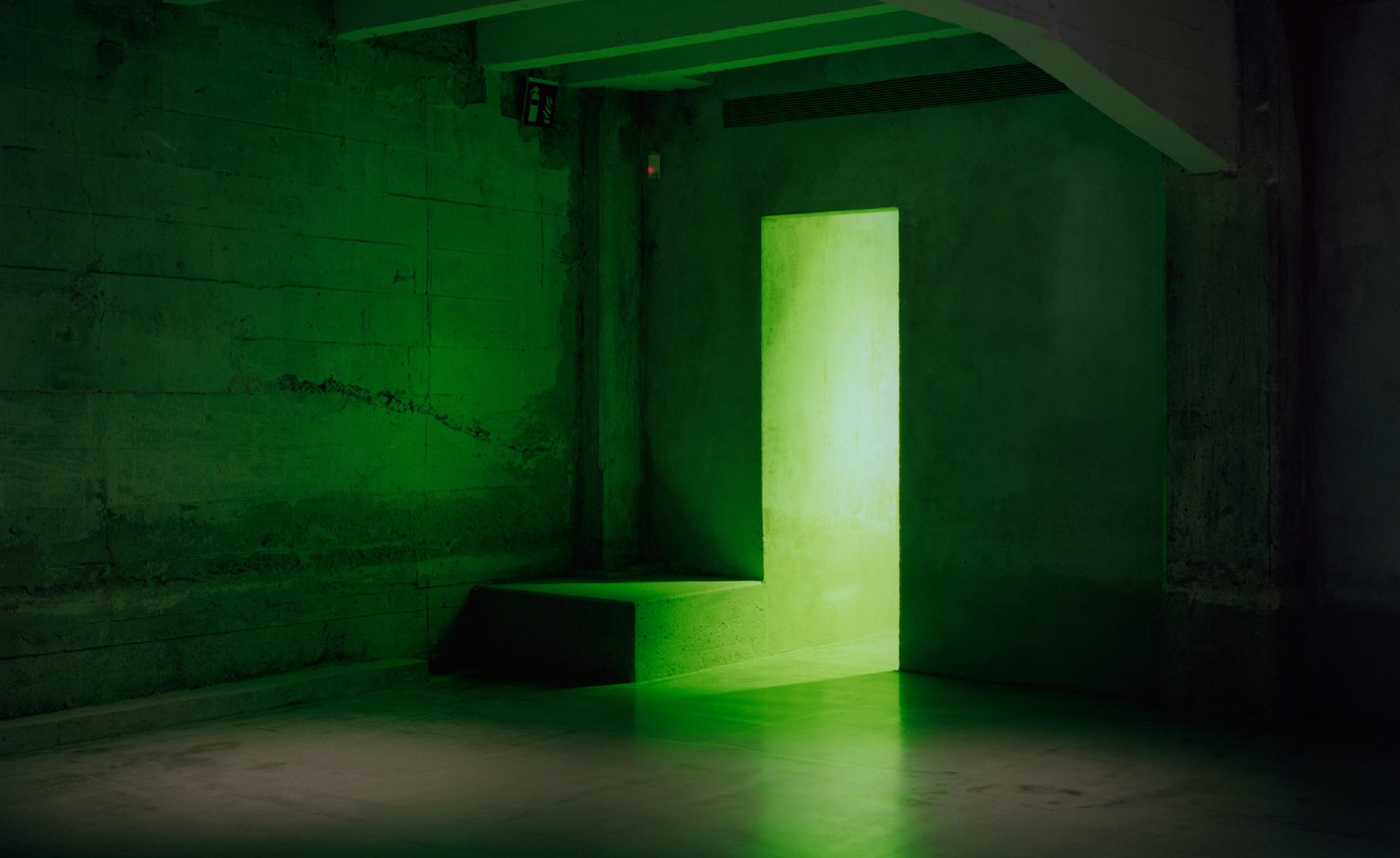 Peek inside Madrid’s best-kept art secret
Peek inside Madrid’s best-kept art secretSolo’s labyrinthine new art space in Madrid presents a surreal opportunity for exploring contemporary art and architecture
-
 A lush Bengaluru villa is a home that acts as a vessel for nature
A lush Bengaluru villa is a home that acts as a vessel for natureWith this new Bengaluru villa, Purple Ink Studio wanted gardens tucked into the fabric of the home within this urban residence in India's 'Garden City'
-
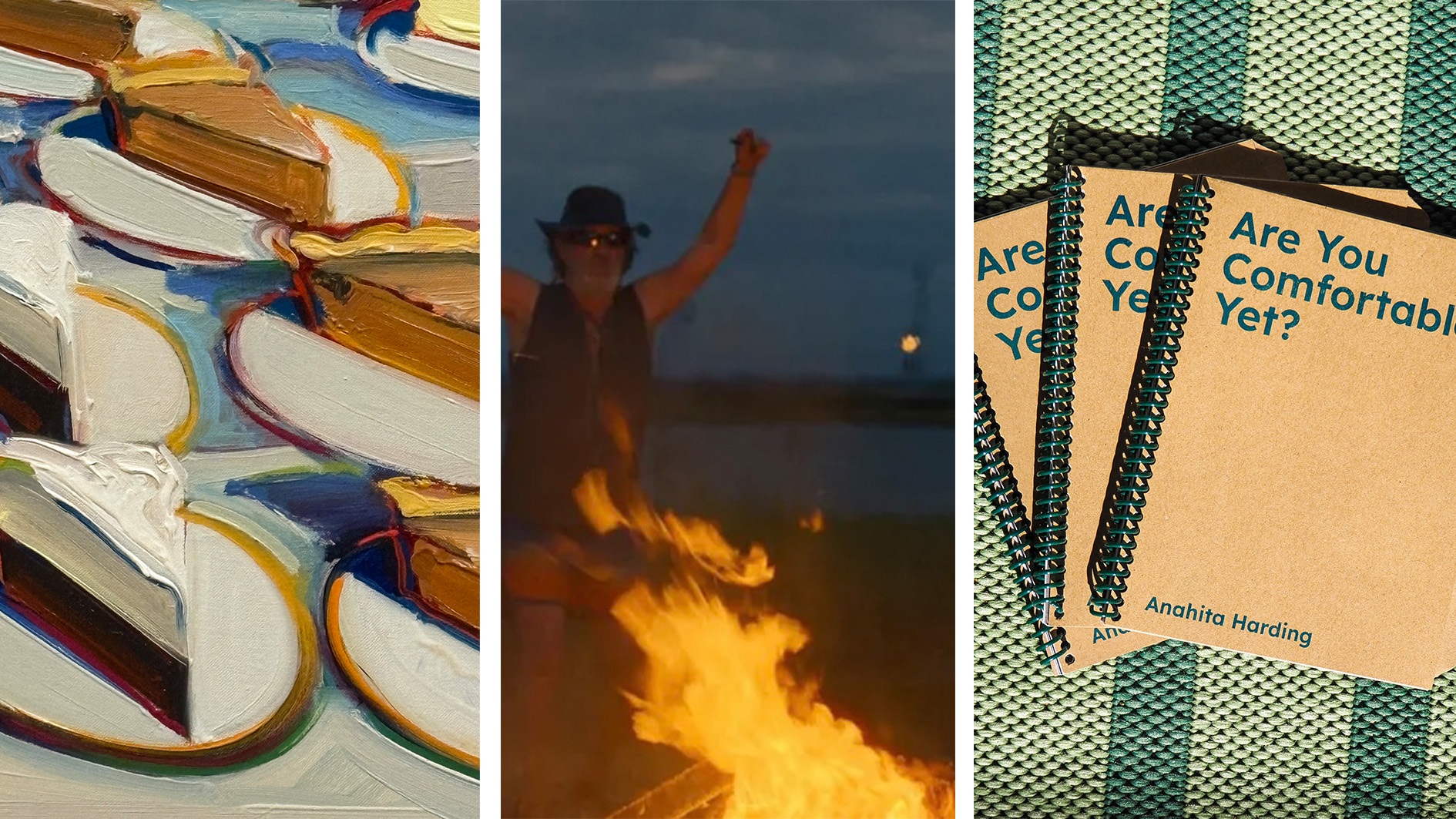 Out of office: the Wallpaper* editors’ picks of the week
Out of office: the Wallpaper* editors’ picks of the weekAs we approach Frieze, our editors have been trawling the capital's galleries. Elsewhere: a 'Wineglass' marathon, a must-see film, and a visit to a science museum
-
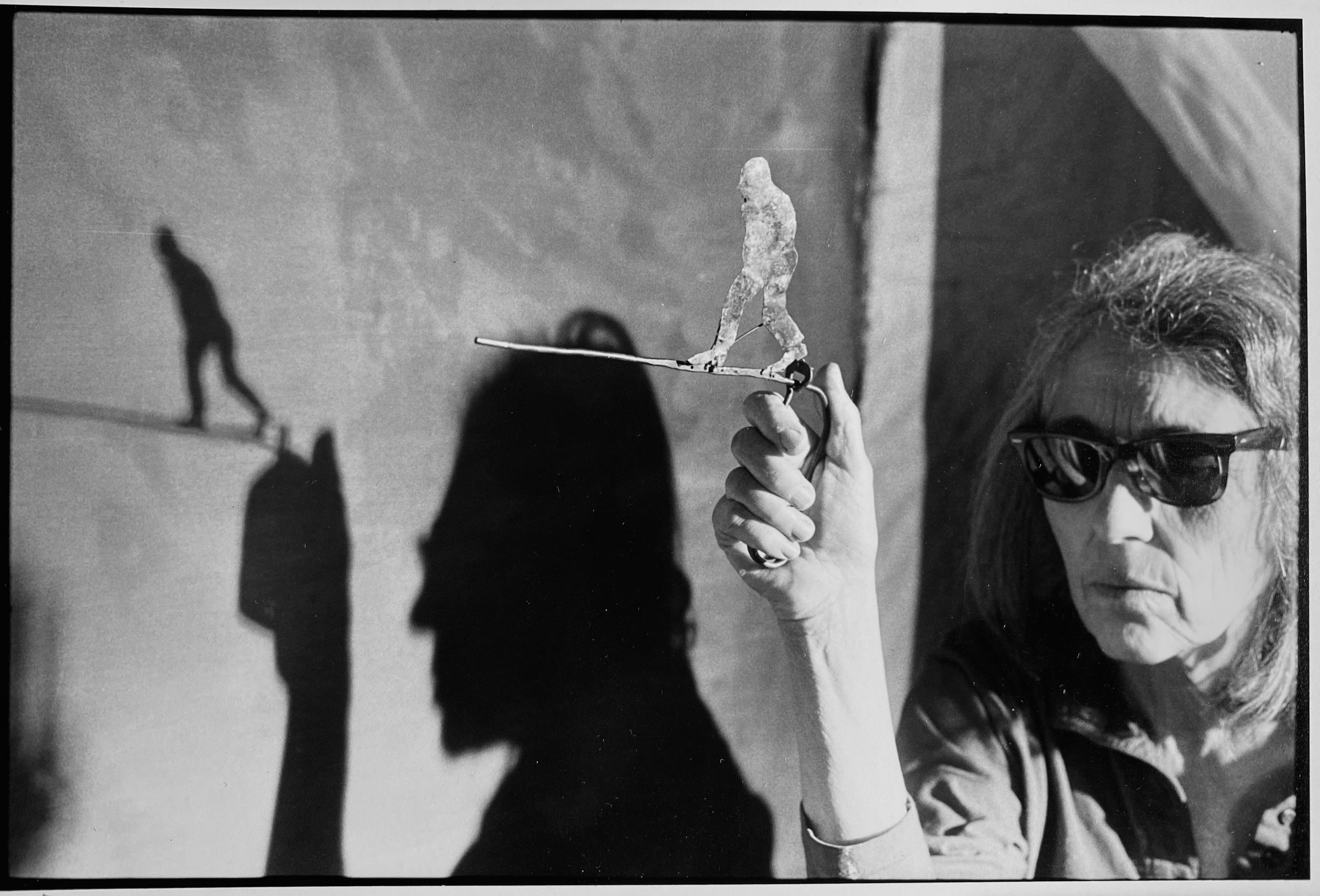 June Leaf’s New York survey captures a life in motion
June Leaf’s New York survey captures a life in motionJune Leaf made art in many forms for over seven decades, with an unstoppable energy and fierce appetite leading her to rationalise life in her own terms.
-
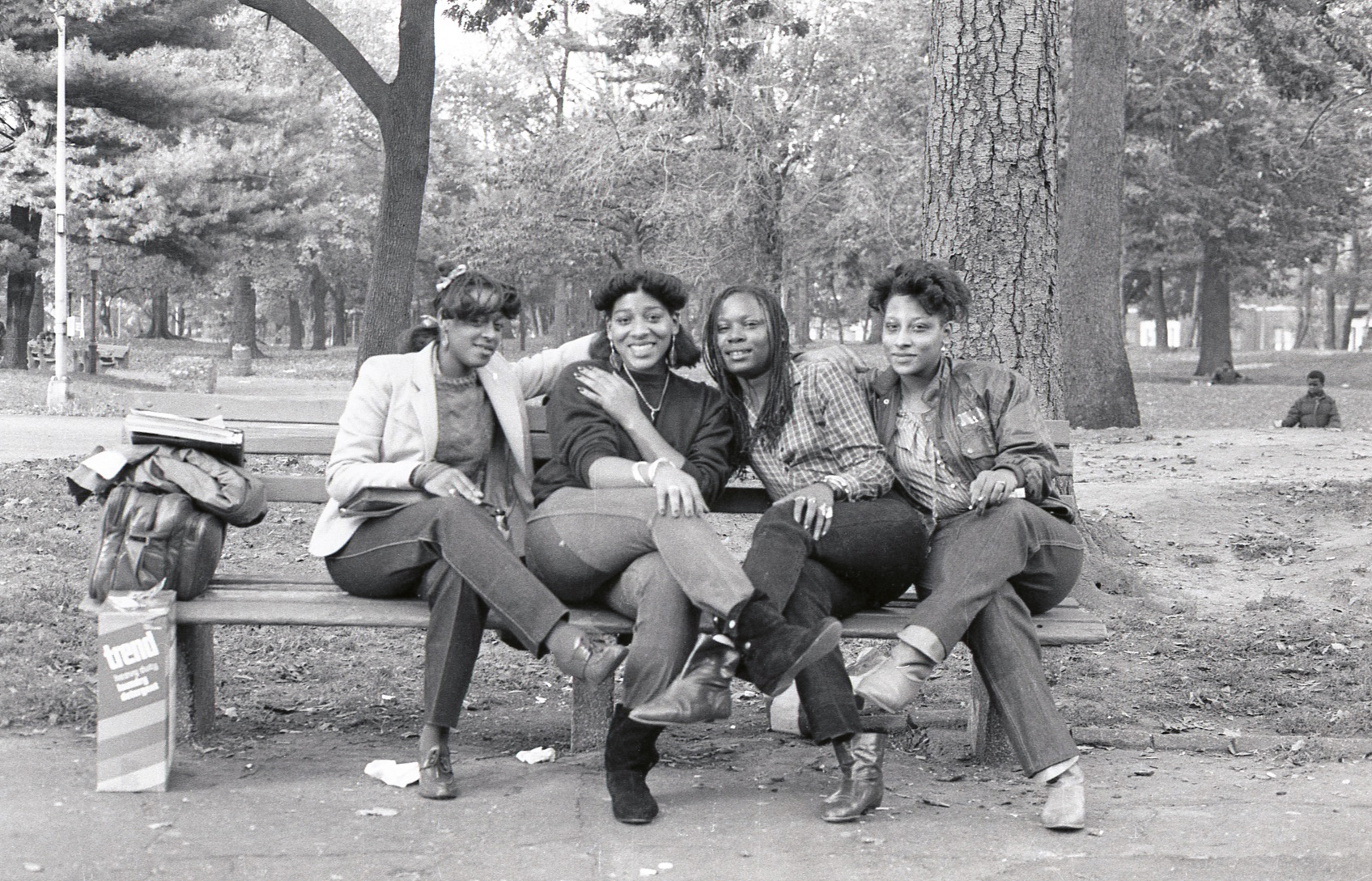 Jamel Shabazz’s photographs are a love letter to Prospect Park
Jamel Shabazz’s photographs are a love letter to Prospect ParkIn a new book, ‘Prospect Park: Photographs of a Brooklyn Oasis, 1980 to 2025’, Jamel Shabazz discovers a warmer side of human nature
-
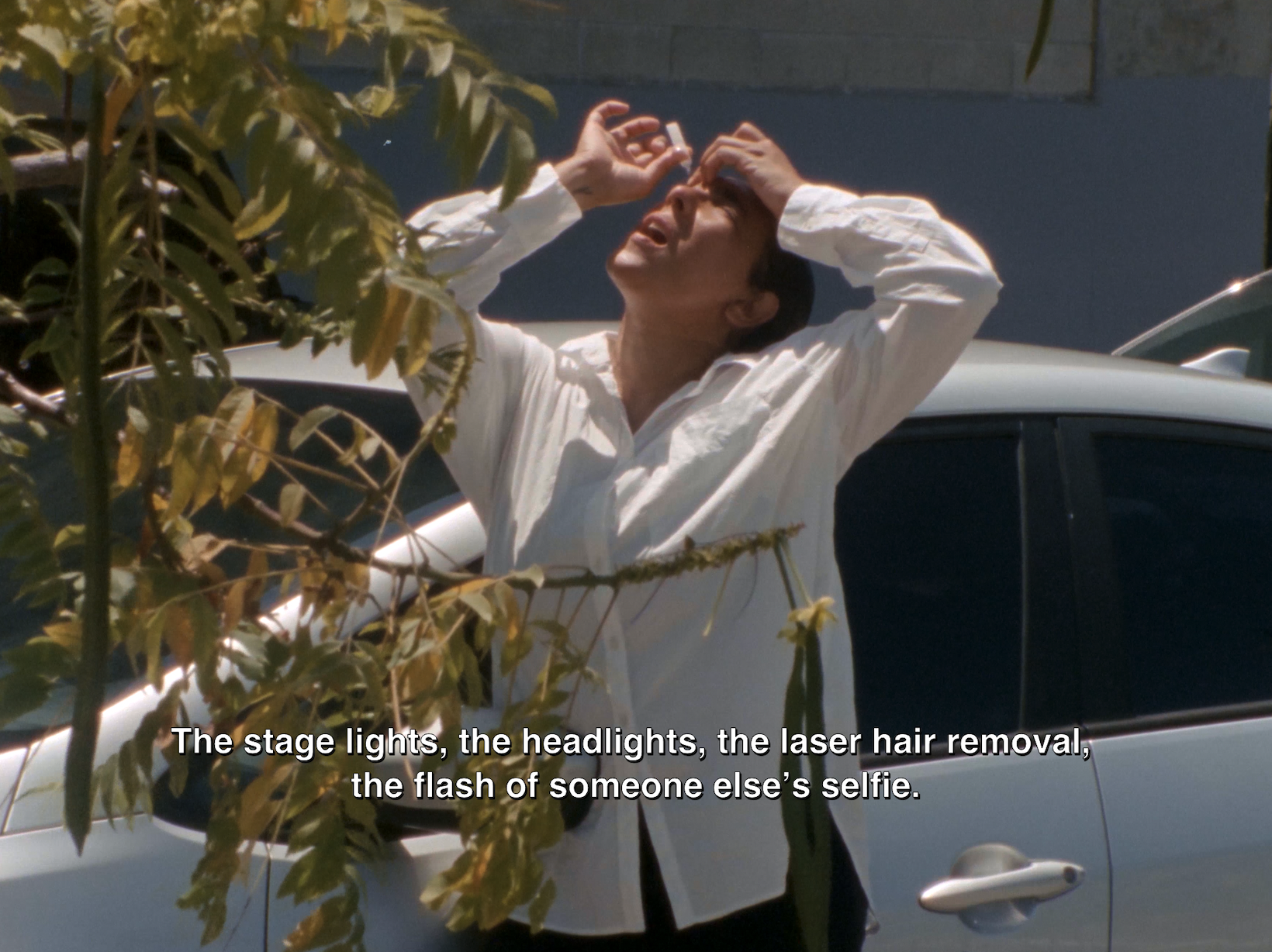 The Hammer Museum in Los Angeles launches the seventh iteration of its highly anticipated artist biennial
The Hammer Museum in Los Angeles launches the seventh iteration of its highly anticipated artist biennialOne of the gallery's flagship exhibitions, Made in LA showcases the breadth and depth of the city's contemporary art scene
-
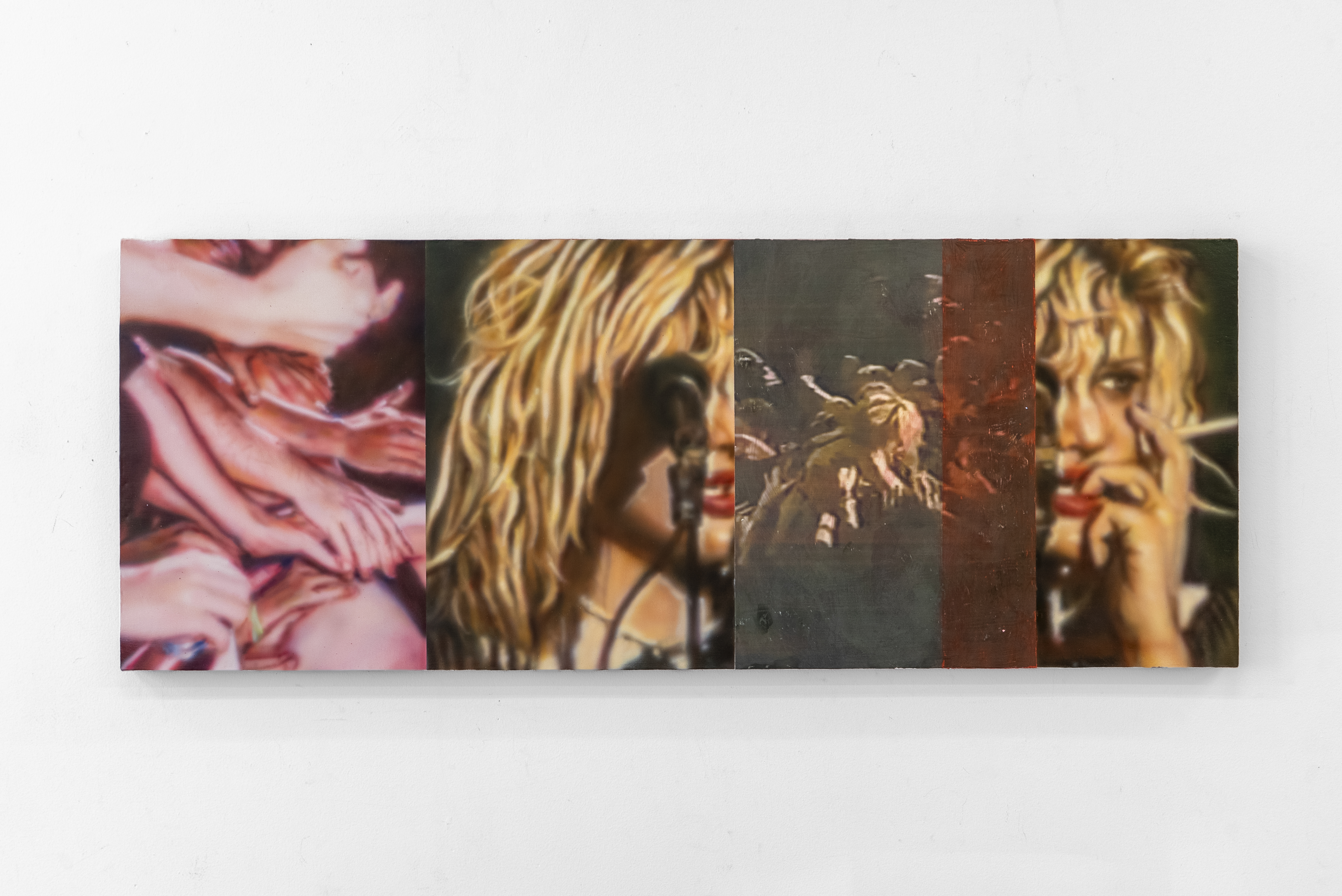 Inside a Courtney Love-inspired art exhibition in New York
Inside a Courtney Love-inspired art exhibition in New YorkLiza Jo Eilers looks to the glory days of Hole at an exhibition at Grimm New York
-
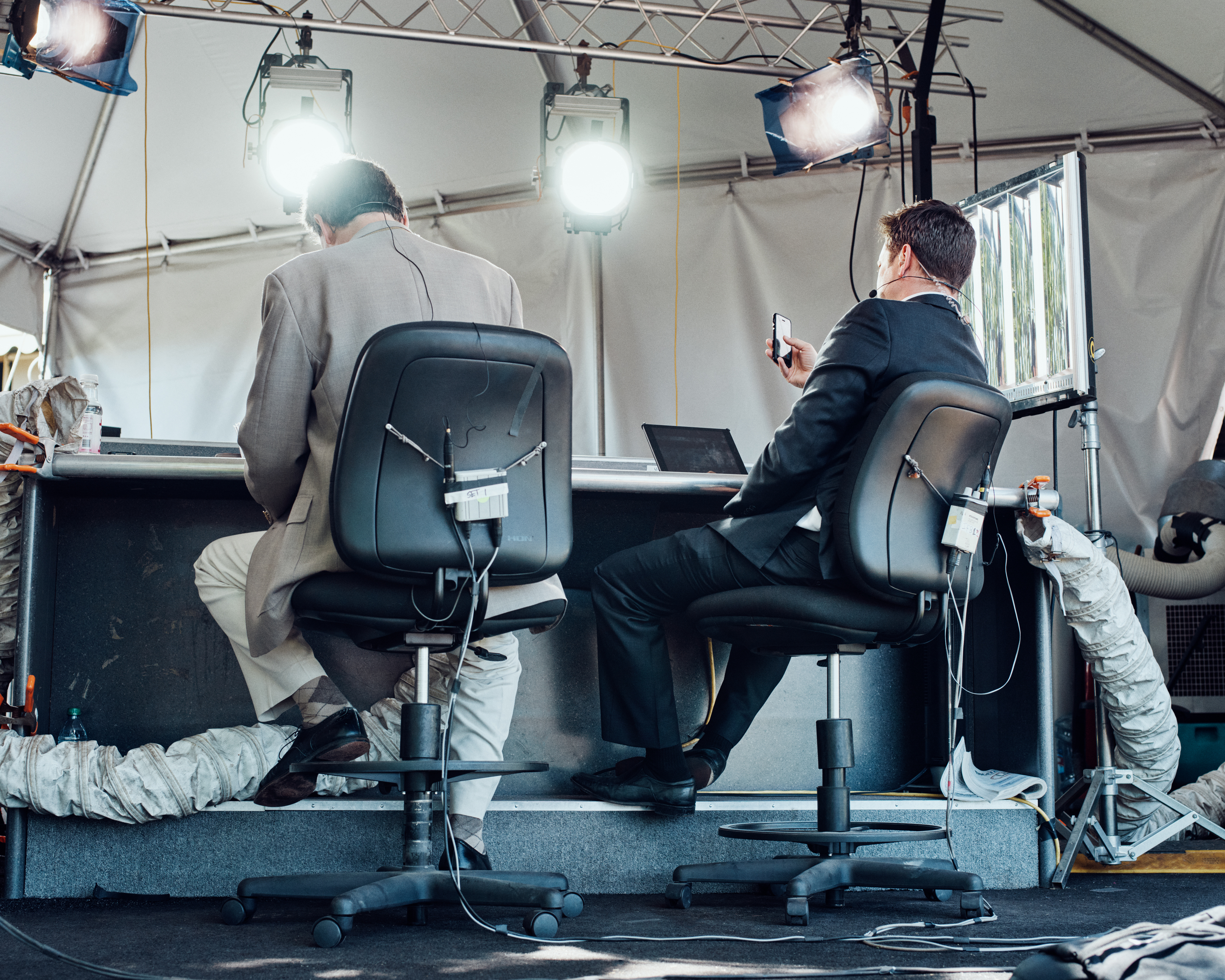 Thomas Prior’s photography captures the uncanny fragility of American life
Thomas Prior’s photography captures the uncanny fragility of American lifeA new book unites two decades of the photographer’s piercing, uneasy work
-
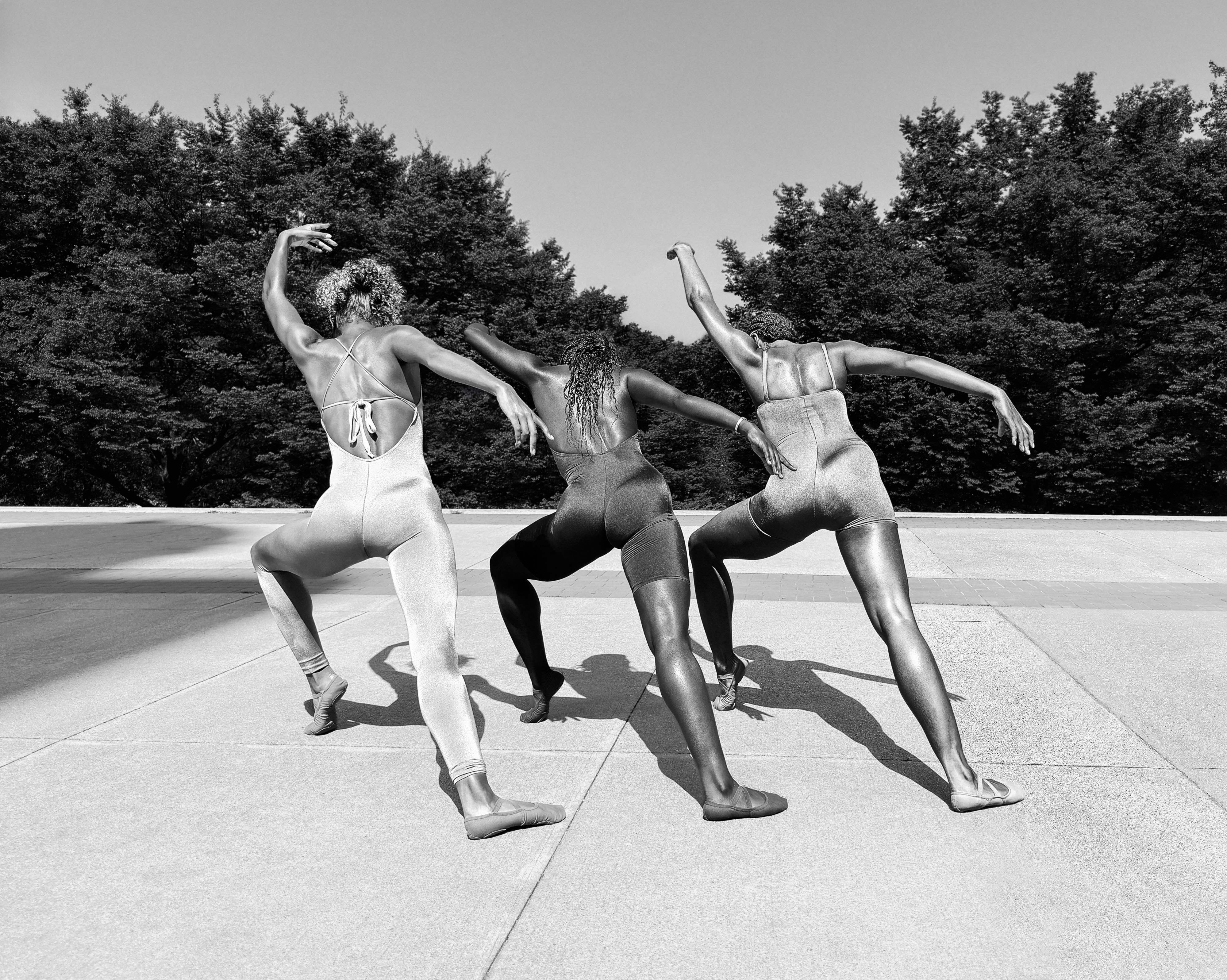 Apple unveils its next-gen camera in a powerful new photography exhibition
Apple unveils its next-gen camera in a powerful new photography exhibitionThe new iPhone 17 Pro Max takes centre stage in a New York exhibition where artists Inez & Vinoodh, Mickalene Thomas, and Trunk Xu explore the theme of joy
-
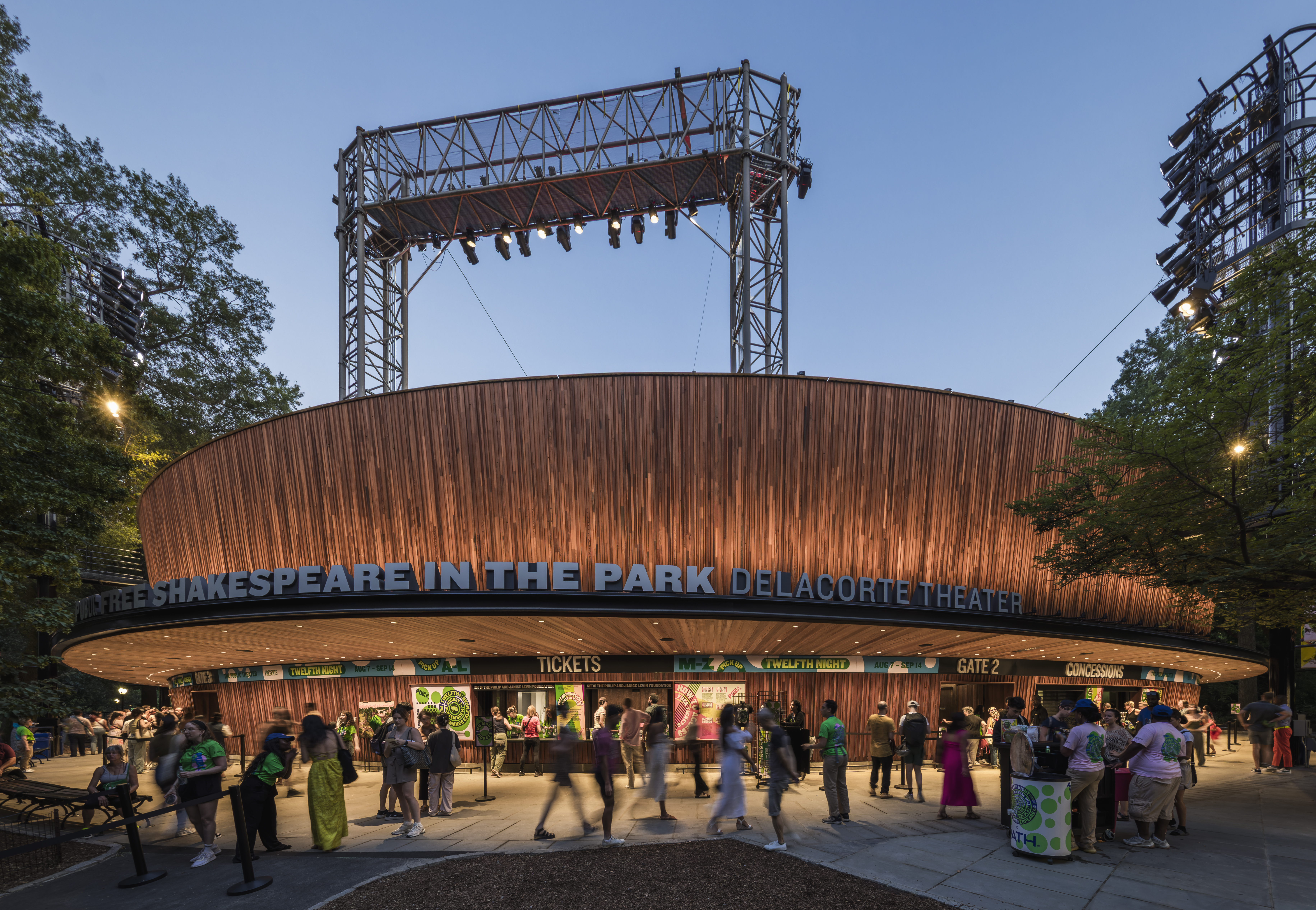 Central Park’s revitalised Delacorte Theater gears up for a new future
Central Park’s revitalised Delacorte Theater gears up for a new futureEnnead Architects helmed an ambitious renovation process that has given the New York City cultural landmark a vibrant and more accessible future